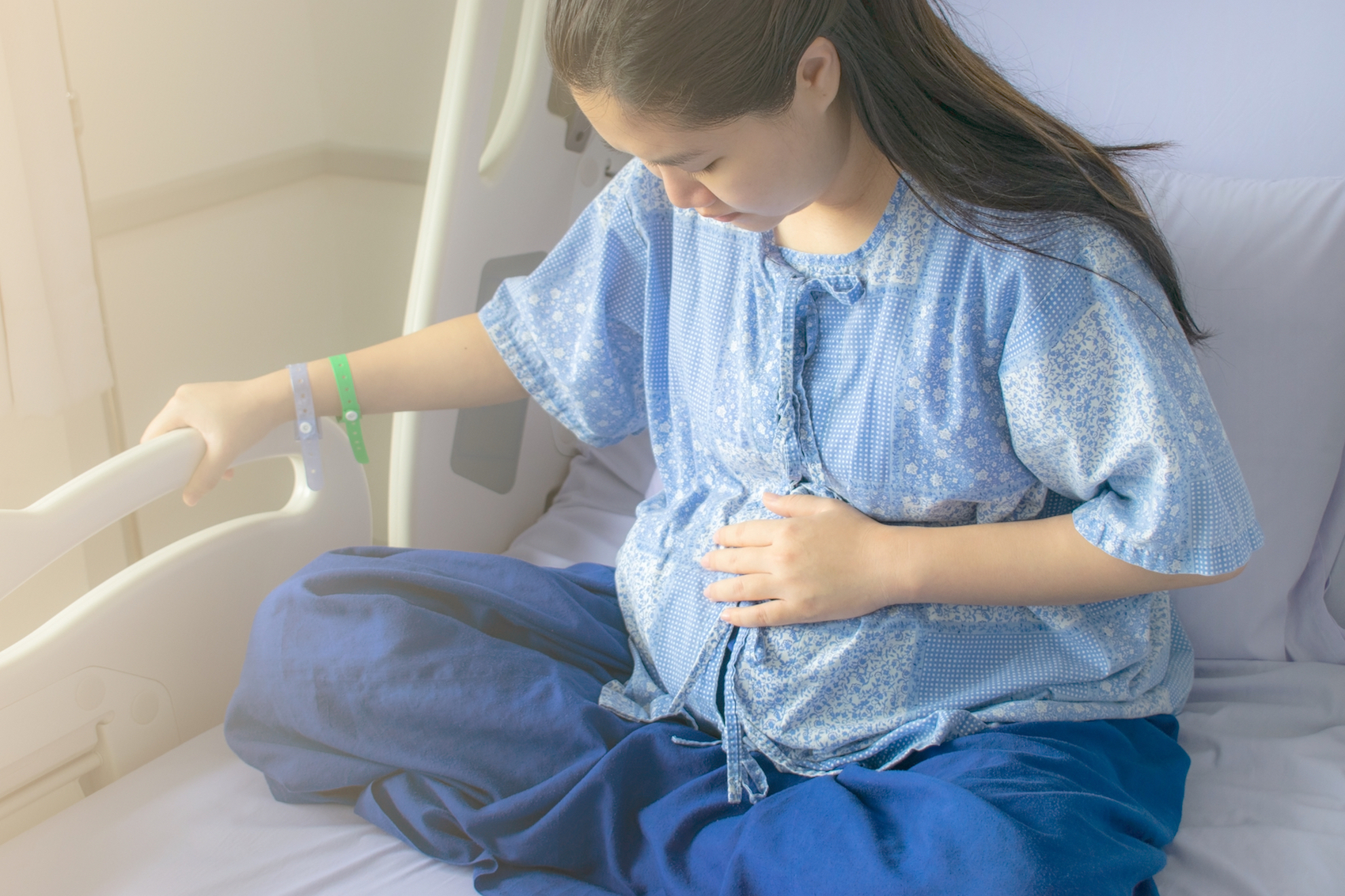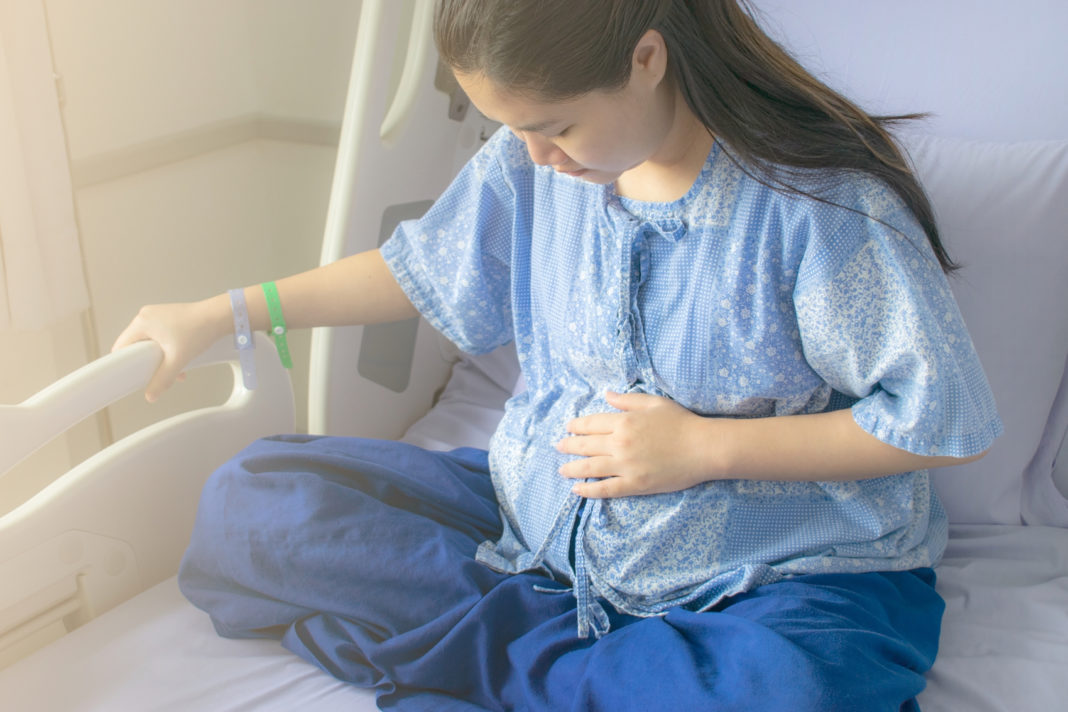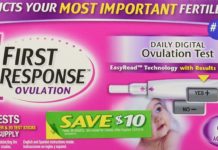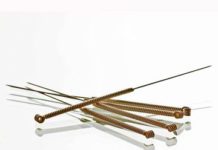
Couples looking for assistance in the baby-making department but wary of hormone injections are exploring in vitro maturation (IVM), a procedure pioneered in the U.S. by fertility specialists Jin-Ho Lim, M.D., and Jesse Hade, M.D., medical director at Neway Fertility in New York City. Here, Hade explains the process.
How does IVM differ from in vitro fertilization?
With in vitro fertilization (IVF), patients receive injections two to three times a day for between nine to 15 days so that they develop mature, viable eggs. Doctors remove the eggs, fertilize them in the lab and implant them, then the patient receives additional injections. With IVM, we're doing the retrieval when the follicles and eggs are immature—so they're very tiny. We mature them in a petri dish under special culture conditions, which takes about 48 hours, and then we fertilize them. The patient undergoes a short, three-day course of hormone injections followed by hormone supplementation to prepare the uterine lining for implantation. From there out, the process is just like IVF, but without additional injections.
The health risks are the same in both procedures: There's a small chance of infection (1 in 50,000 cases) around the puncture site. Because IVM is considered experimental in the U.S., it's not yet widespread and insurance companies are not required to cover it. Not all clinics offer it, either, because it's also more technically challenging. In Asia, Europe and Canada, though, IVM is much more common than it is here. Overall, the success rates of the processes are comparable, with IVM at 75 percent for women under 35 and IVF at 77 percent.
What are the biggest advantages of IVM as compared to IVF?
The most significant benefit is cost savings; all told, you're looking at $6,600 to $7,500 for your first cycle of IVM versus $11,400 to $13,900 for IVF. There's also no delay in transferring the embryo from lab to patient—the eggs don't need to be frozen, which is sometimes required during IVF. And you can try IVM month to month because no rest time is required between cycles. In IVF, you need to wait for any residual ovarian cysts from the hormones to clear up.
Which patients are best suited for the treatment?
IVM was originally designed for women with high egg counts who don't ovulate, such as those who have polycystic ovary syndrome. These women's eggs don't develop on their own, which makes them well suited for this process. It's also ideal if you've had (or are at risk for) estrogen-sensitive diseases, such as breast cancer or a blood-clotting disorder, because you don't receive as many of the hormone injections.
































